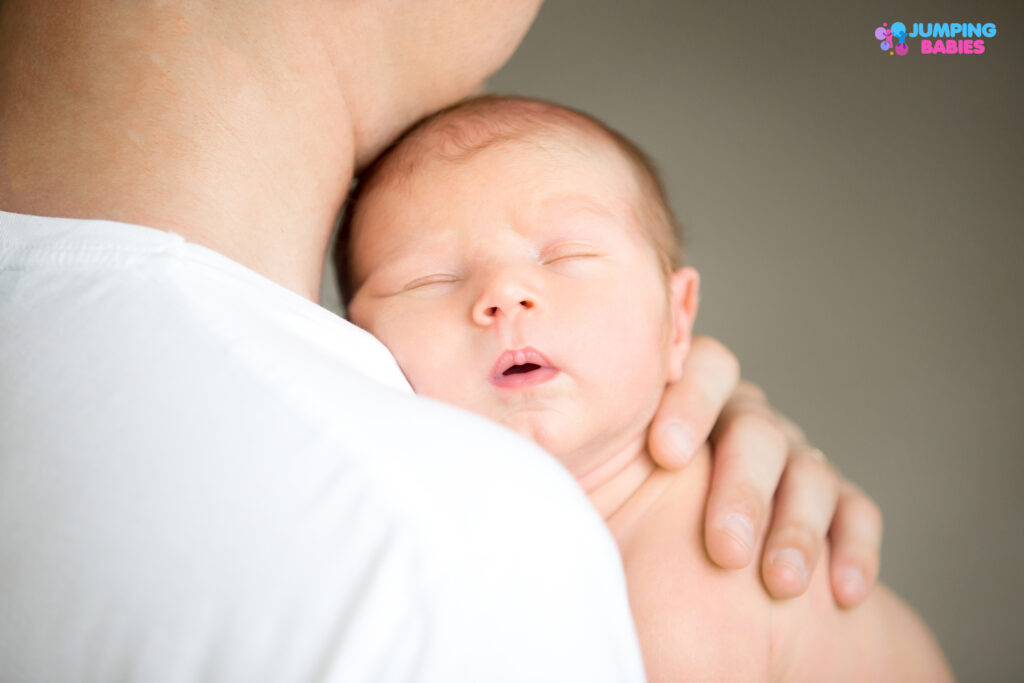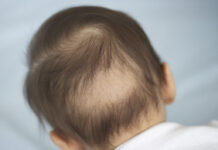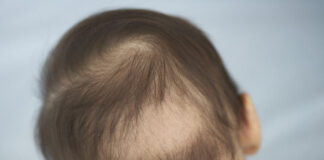A lot of you who are expecting new babies for the first time would be anxious. The newborn period is so short and all-consuming it will be a time you never forget. Let’s get into it and talk about how to take care of your newborn baby, so we are sharing this article in some easy-to-digest sections. The first is how to keep your newborn happy and safe.

Swaddling:
Swaddling a baby is one of the best ways of keeping infants safe and happy. Newborn babies have weak nervous systems and high reflexes that cause them to play with all of their limbs and kick their legs almost all of the time. The only way to help them contain these motions is to swaddle them often. Our basic rule of thumb for a happier baby is to wrap them whenever they are feeding or sleeping. For tiny babies, swaddle them whenever they are eating or sleeping. With small infants, this involves spending the bulk of their day wrapped up in a swaddle.
The most straightforward approach to swaddle with a blanket is to fold down a corner. Then lay your newborn baby with their neck over the folded line begin on your left, and tie the blanket around your baby’s right arms. Tuck it under their body. Their left arm would still be accessible.
Then roll up the bottom part and tuck it under the baby’s chin before grabbing the right corner of the swaddle. Wrap it around the baby’s left arm and tucking it under their back for a warm and supportive swaddle. The swaddle should not be so close that it limits their breathing. Nor should it be so loose that it comes up around their face if all of this is too complicated. It’s no big deal to use a simple cheater swaddle, such as this zip-up swaddle, which does all of the hard work for you and guarantees that your baby is ready for bed.
Changing their Diapers:
Another aspect of keeping up with newborn babies is changing their diapers on time. For newborns, plan to change their diaper every two to three hours around the clock and usually remove a full diaper instantly to avoid diaper rash. Infants are sometimes wiggly or fussy. Until you open up the dirty diaper, begin by pulling up their onesie around their arms like a temporary saddle to help them feel more comfortable during the diaper change. Be sure to slip a clean diaper beneath. It would not only cover the changing area, but it will also provide you with a fast flap to close if they begin to urinate.
When your newborn baby blows out, which will happen at some point, take a deep breath and adjust them from the head down. The envelop folds on baby clothes so you can roll clothes down over their shoulders and body instead of bringing the entire mess up. However, if they’re still fussy, consider rocking or swaying them or taking them outside. The subtle change of scenery will also encourage them to relax quickly and take care. If your baby is sneezing, it doesn’t mean they have a cold, but it’s simply an indication that they’re exhausted or overstimulated. Please take this as a sign that it’s time to swaddle them and transfer them to a more tranquil setting.
Breastfeeding:
Next, if you want to breastfeed or bottle-feed your newborn baby, remember that nursing your child will take up a lot of the time in the early days. For newborn feeding, our best suggestion is to try to get your baby to latch within the golden hour after birth while you’re in the hospital. Know that you will have to request a couple of times to someone to help you with this. It’s crucial in helping to develop your supply and your baby’s latch. Even if you’re breastfeeding, remember that it’s usual to feel like all you do is sleep. Premature infants will eat every one and a half hours around the clock in the early days, and they might even want and nurse more than that. It aids in bonding, and holding your baby close during the first few weeks is what ensures your milk supply. Your baby will frequently seek out your breasts for nutrition and warmth. As long as your infant is getting enough wet diapers and is returning to their birth weight, everything will be fine. It’s exhausting, but it’s worth it in the end if you can stay the course.
If you’ve decided to bottle-feed your child, our best advice is to speed-feed them. This involves holding the bottle parallel to the floor while letting your child suck the milk out. This is the best way to prevent overfeeding and overloading your child’s tiny stomach. As a result, the infant is more relaxed and spits up less.
Also, do not forget to burp your child every ounce or so. Put your child over your shoulder and pat their backs with a solid open hand to burp. You can even set them up in your lap while holding their neck. If your infant has reflux or looks upset after a meal, consider keeping them straight on your chest or arm for at least 30 minutes after they eat.
Bathing:
Now let’s talk about bathing. Make sure not to immerse your baby in water before their umbilical stump breaks off a cord. Although your baby has their umbilical stump, you can give them a gentle sponge bath by rubbing them with a warm wet washcloth. If you’re feeling particularly fancy, you can swaddle them and run their hair under a warm stream of water as well. Most babies love this and will even fall asleep. It would help if you began bathing your child daily; remember to put a heated washcloth on their tummy to make them more comfortable, or for fussy infants, position them in a tub in a loose swaddle and unwrap one limb at a time to make them feel safer. Don’t forget to brush behind their ears and in the folds of their necks, as babies can get pretty grimy there. If your baby has crusty eyes from a blocked air duct, gently clean them with a warm wet washcloth a couple of times a day.
Car Safety:
The last point we’ll go for is newborn baby protection. It goes without mentioning that all newborns should be in a properly fitted rear-facing car seat when it comes to car seats. When placing your baby in the car seat, make sure the belts are at or below his or her shoulders. After buckling the chest clip, slip it up to their armpits. Finally, never buckle the baby’s blankets or heavy warm clothes under the straps. Instead, fasten their belt first, and place any covers that you want to use on top. This way, you will guarantee that they are safe in the car seat.
Learn More About Babies





